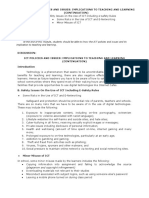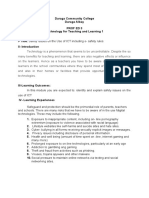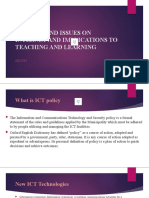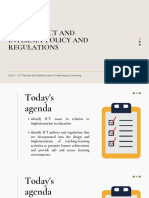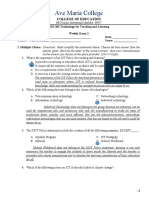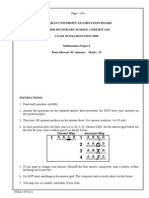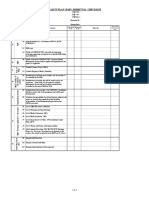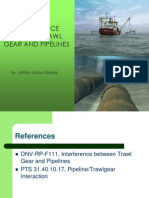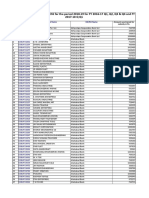0% found this document useful (0 votes)
8 views16 pagesTechnology
The document discusses the importance of ICT policies in teaching and learning, outlining key areas such as telecommunications, broadcasting, and internet use. It highlights various issues related to ICT, including freedom of expression, privacy, security, and e-waste, while emphasizing the need for safety measures in educational environments. Additionally, it provides guidelines for teachers and learners to navigate technology responsibly and safely.
Uploaded by
Sarah Mae Marcelino SabanalCopyright
© © All Rights Reserved
We take content rights seriously. If you suspect this is your content, claim it here.
Available Formats
Download as PPTX, PDF, TXT or read online on Scribd
0% found this document useful (0 votes)
8 views16 pagesTechnology
The document discusses the importance of ICT policies in teaching and learning, outlining key areas such as telecommunications, broadcasting, and internet use. It highlights various issues related to ICT, including freedom of expression, privacy, security, and e-waste, while emphasizing the need for safety measures in educational environments. Additionally, it provides guidelines for teachers and learners to navigate technology responsibly and safely.
Uploaded by
Sarah Mae Marcelino SabanalCopyright
© © All Rights Reserved
We take content rights seriously. If you suspect this is your content, claim it here.
Available Formats
Download as PPTX, PDF, TXT or read online on Scribd
/ 16





















